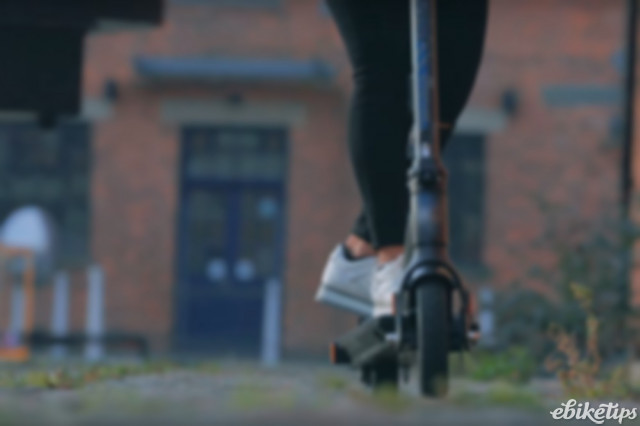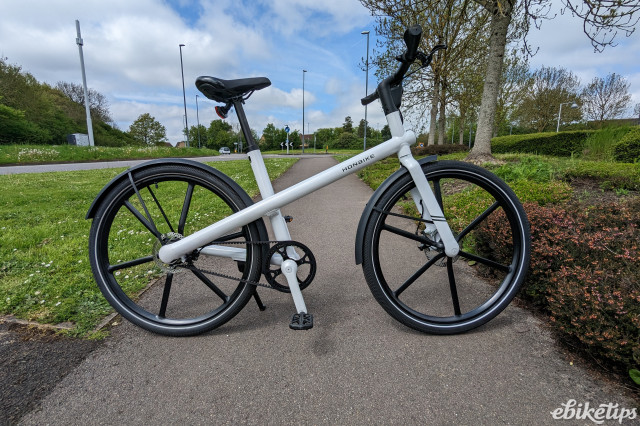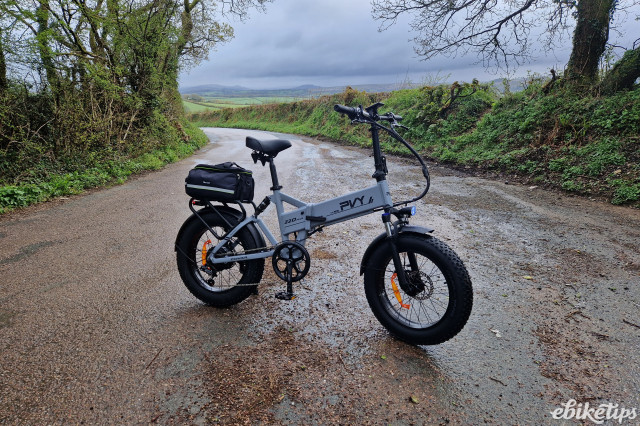E-scooters are now legal to use on public roads in Ireland, after new regulations came into effect on Monday, 20 May. These mean e-scooters must have a power output of 400W or less, a maximum design speed of 20km/h and a maximum weight of 25kg.
A new class of vehicles called Personal Powered Transporters (PPTs) was introduced last June under the Road Traffic and Roads Act 2023. E-scooters will now be classed as PPTs and must comply with technical and usage specifications in order to be legally used on public roads.
Users must be 16 or over and can ride the e-scooters in cycle lanes and bus lanes, but not footpaths or pedestrianised zones. E-bikes can be also be ridden in cycle and bus lanes in Ireland, as long as they have a power output of 250W or less, a motor that cuts off once pedalling stops, and a maximum speed of 25km/h.
In the UK, e-scooters can only be ridden on public roads when rented as part of official trials.
In 2022, the government announced that privately-owned e-scooters would be made legal through the creation of a low-speed, zero-emission vehicle category but this has since been delayed several times. The Parliamentary Advisory Council for Transport Safety (PACTS) has since said the likelihood of legislating for private e-scooters with regulations that set safety as the main priority in 2024 is “zero”.
Scotland’s transport secretary Fiona Hyslop also recently said "e-scooters will 'inevitably' be part of transport in the country’s future," but did however say that public opinion was “quite polarised” and there were “genuine safety issues”.
> E-scooters and the law: When and where are you legally allowed to ride an electric scooter
The regulations in Ireland define e-scooters as vehicles that have a small standing platform and no seat, for use by one person only. It may have two or more wheels and be propelled by an electric motor.
To be permitted for use on public roads, they must:
- have a maximum continuous rated power output of 400W
- have a maximum net weight of 25kg (including batteries)
- have a maximum design speed of 20 km/h
- have wheels with a minimum diameter of 200mm
- be fitted with front and rear lights and reflectors, brakes and a bell
-
be fitted with a manufacturer’s plate certifying the power output, weight and design speed.
Any e-scooter that does not comply with the above will remain illegal.
Minister for transport Eamon Ryan said: “These regulations, which are just one part of the comprehensive Road Traffic and Roads Act 2023, will help make our roads safer for all road users and give legal certainty to those who are choosing to get around on new forms of mobility.
“Over the past few years, we’ve seen more and more e-scooter and e-bikes on our roads. Since they first appeared, many have developed and have become more powerful and these regulations set out clearly how they can all be used in our evolving transport landscape, safely and with respect for other road users, in particular those most vulnerable on our roads like pedestrians and cyclists.
"They will also help future-proof Ireland’s regulatory system to ensure that we can adapt to new technologies as they continue to emerge. I hope these provisions will also give confidence to more people to choose new ways to travel that help them avoid congestion and gridlock.
"They will also contribute to freeing up road space, which in turn means that we can allocate more space to provide improved, faster and more frequent public transport and walking and cycling infrastructure for everyone.”
> UK police could get remote shutdown weapon to stop e-bikes and e-scooters
Minister of state Jack Chambers said: “I welcome the publication of the regulations for e-scooters and e-bikes which will bring clarity for road users, ensuring greater safety on our roads.
"More people are choosing these types of vehicles to get around cities, towns, and villages all over our country and it is essential we have a proper system of regulation and technical requirements for e-scooters.
“The regulations have been developed in consultation with a range of stakeholders and will be kept under ongoing review as this type of transit continues to evolve.
"The Road Safety Authority will be rolling out an extensive public information and awareness campaign to inform the general public of the new regulations and, in particular, users of these vehicles of their requirements so they can be used in a safe and legal manner.”






